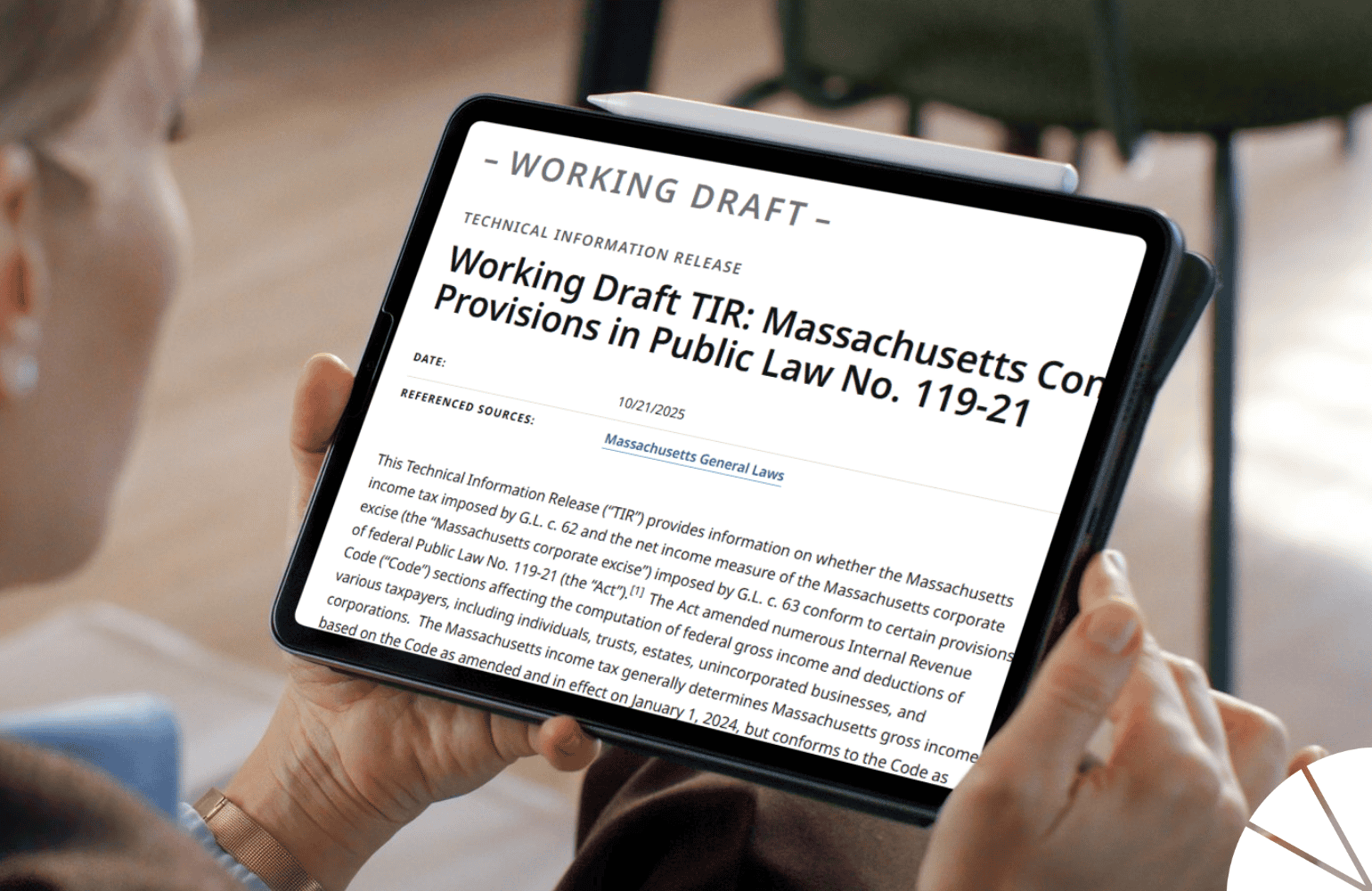The following article is from the latest edition of LGA’s financial newsletter, “What Would Jeff Do?,” written by Jeffrey Levine, CPA, MST, our Director of Financial Strategies. If you have a general financial question for future newsletters, please submit them to Jeff. Enjoy this article? Subscribe to the newsletter here.
A client recently asked: “My son and his wife just had a baby. College is expensive, and we want to set our new grandchild up for success. What steps should we take?”
The good news? There are effective strategies to make gifts that fund future expenses like education while also offering significant financial benefits to you and your family. One of the most popular and tax-efficient options is a 529 College Savings Plan. These plans allow for tax-free withdrawals for qualified education expenses, not just for college but also for K-12 private school tuition.
There are several ways you can contribute:
- Gift funds to your child so they can open a 529 plan for your grandchild.
- Open a 529 plan directly in your grandchild’s name.
- Open the 529 plan yourself as the owner and name your grandchild as the beneficiary.
Why You Should Consider Starting the 529 Plan
Jeff recommends that you decide on an appropriate 529 plan (there are plans available in all 50 states, managed by different investment advisers and with varying fees). Once you find the plan you feel is best for you and your grandchild, open the plan in your name. Make sure you name a successor owner in case you pass away (this avoids probate at death). And name your grandchild as the beneficiary.
Starting the Plan at the Grandparent Level Offers Several Opportunities:
- Control & Flexibility: You retain control of the funds and can name a successor owner to avoid probate in the event of your passing.
- Generational Benefits: 529 plans can be transferred to siblings, children, or future grandchildren with no tax consequences.
- Estate Planning Advantages: Contributions help reduce the size of your taxable estate if that’s a consideration.
- Financial Aid-Friendly: Recent changes by the Department of Education mean grandparent-owned 529 plans do not count as assets when applying for financial aid.
Pro Tip: Since distributions from grandparent-owned plans count as income on financial aid forms (though not for taxes), Jeff suggests using the 529 funds as late as possible—like during your grandchild’s junior or senior year—to minimize any impact on aid.
What If the Funds Go Unused?
Unused 529 funds don’t go to waste. You can transfer the funds tax-free to another family member, such as siblings or future grandchildren. Thanks to new tax laws, up to $35,000 of unused 529 funds can now be converted to a ROTH IRA, tax-free, for the beneficiary—creating an excellent jump-start for retirement savings. There are limitations to this ROTH conversion, but it is a wonderful new opportunity for unused 529 plan funds.
The Key: Start Early
The most important step you can take is to start saving early. The power of compounding growth over time makes a significant difference, turning small contributions today into meaningful support for your grandchild’s future.
LGA’s Commitment:
At LGA, we are dedicated to keeping you informed and prepared. Our team is here to guide you through the complexities and ensure you make the best decisions for your family’s financial future. For personalized advice and to explore college funding options, contact us today. We’re here to help you make the most informed decisions for you.






